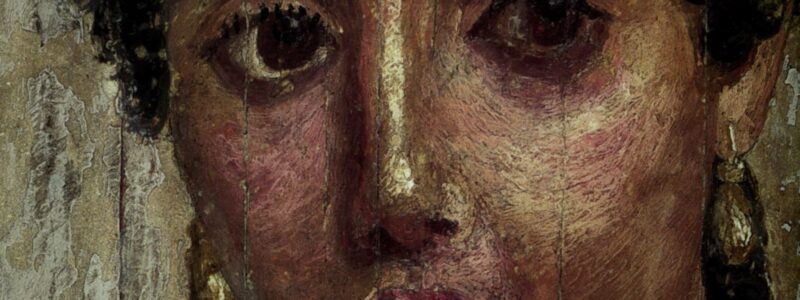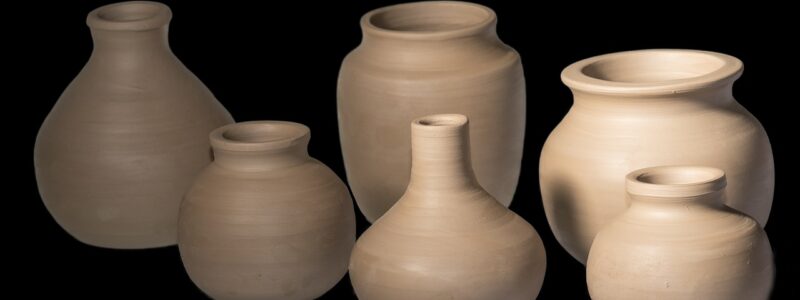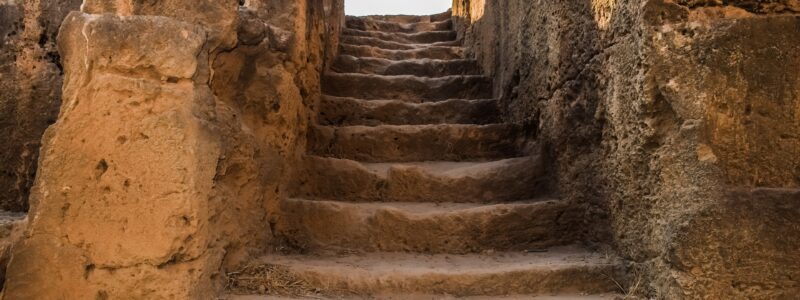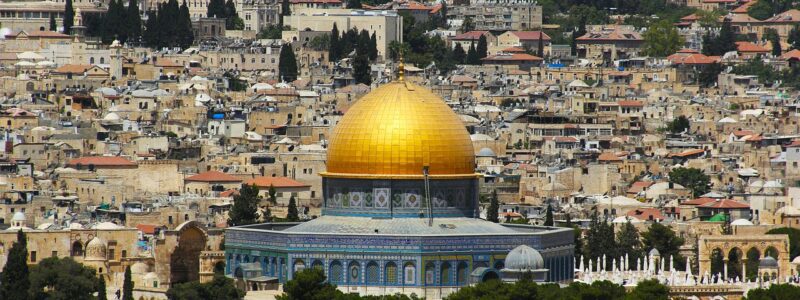The Ivory House
The Ivory House is mentioned in the Bible as a minor reference concerning the ancient Kings of the Northern Kingdom. Its construction was influenced by Phoenician culture brought into Israel by Queen Jezebel.
King Ahab was one of the more wicked kings of the Northern Kingdom of Israel reigning during the 9th century, BC. Ahab along with his wife Jezebel greatly expanded worship of Baal and brought Phoenician customs into Israel. These included such things as child sacrifice, fertility rights, idol worship, and sacrifices to a false god.
The Bible gives them both a very negative portrayal and they both suffered an ignominious death (especially Jezebel who was eaten by dogs).
According to the Old Testament, Ahab’s father, Omri, purchased a hill in Samaria and founded a city there.
In the thirty-first year of Asa king of Judah began Omri to reign over Israel, twelve years, six years reigned he in Tirzah. And he bought the hill Samaria of Shemer for two talents of silver, and built on the hill, and called the name of the city which he built, after the name of Shemer, owner of the hill, Samaria. (1 Kings 16:23-24)
During excavations of the Samaria palace of Omri and Ahab, a room north of the palace was discovered with over 12,000 intricately carved ivory fragments likely associating the room with the ivory house of Ahab.
The many ivory pieces were used to decorate the luxury furniture and possibly independent pieces of artwork.
The pieces were not just geometric pieces of designs, but represented images of animals and pagan iconographies such as the winged sphinx motif of gods and goddesses. This depiction violated the Mosaic Law but is consistent with the influence of Jezebel and the policies of Ahab mentioned in Scripture.
Similar iconography was found in Phoenicia, the original home of Jezebel and her father who was King. This seems to connect the ivory artwork to the Phoenicians which is again consistent with the Biblical narrative. Analysis of the letters contained within the artwork shows them to be written in Hebrew script. This means the ivory was not just imported from Phoenicia but likely was made in Samaria by Jewish artisans.
This narrative is also consistent with Scripture which notes,
Now the rest of the acts of Ahab and all that he did and the house of ivory which he built and all the cities which he built, are they not written in the Book of the Chronicles of the Kings of Israel? (1 Kings 22:39).
Summary
The Biblical narrative is being verified by archaeology. Further archaeological discoveries continue to confirm the historicity of Scripture with minute details such as an ivory house being confirmed.
The historicity of the Biblical narrative further supports the underlying message of Scripture – the redemption of mankind through an ancient Jewish rabbi who was crucified on a hill just outside of Jerusalem about two thousand years ago.




